There it is, calling your name — that fancy salad-chopping knife that you’ll never use. Your favorite TV chef swears by the new gizmo, so you think to yourself, It must be worth having.
Is it really, though? Probably not.
Impulse shopping is just one way people tend to waste their hard-earned money. Others include paying for smartphone data they never use and throwing away leftover food. But it doesn’t have to be that way. There are so many simple and easy ways to keep money in your wallet — and even stash some away for a comfortable retirement fund.
How can you start to save money? Check your refrigerator first.
Coffee

Let’s face it: Breaking your daily coffee habit isn’t an easy task. But picking up a $3 or even $5 coffee every day on your way to work puts a massive hole in your bank account.
Consider this: The average person in the United States spends more than $1,000 a year on coffee, with around 41 percent investing more in their caffeine habit than their retirement, according to Money Matters. Instead of stopping by your local cafe, brew a pot of coffee at home. Drink a mug while you’re getting ready for work, then pour the rest in a travel mug for your journey to work. Same goes for your tea habit.
Bottled Water

Bottled water seems to be the beverage of choice among people in the United States, which is great, health-wise. But it’s not so great for the environment — or your wallet. Consider refilling a reusable water bottle instead. Not only will a washable, reusable bottle save you money, but it will also cut down on waste considerably.
Gasoline

For most drivers, filling up the tank accounts for the bulk of their transportation costs — especially if you’re using premium when you don’t need to. But apps such as GasBuddy can help you save fuel and money by showing you the cheapest gas stations nearby before you hit the road. And you can save even more by shortening your commute to work, carpooling, using public transportation or switching to a bike, if possible.
Dining Out

Sharing a meal with your close friends at your favorite restaurant can make the stress of a tough work week melt away. But those checks add up: American households spent an average of $3,365 annually on eating away from home in 2017, according to a consumer expenditure report from the Bureau of Labor Statistics.
One way to save money is by cutting down on how often you go out to eat, whether that’s dinner with loved ones or picking up food during your lunch break. Instead, think of dining out as a special treat and watch how many dollars you can save.
Another trick? Stick to ordering from the small plates or appetizers menu to avoid paying for pricey entrees. And have a glass of wine or cocktail at home to avoid paying bumped-up prices for in-restaurant alcohol.
Bulk Groceries
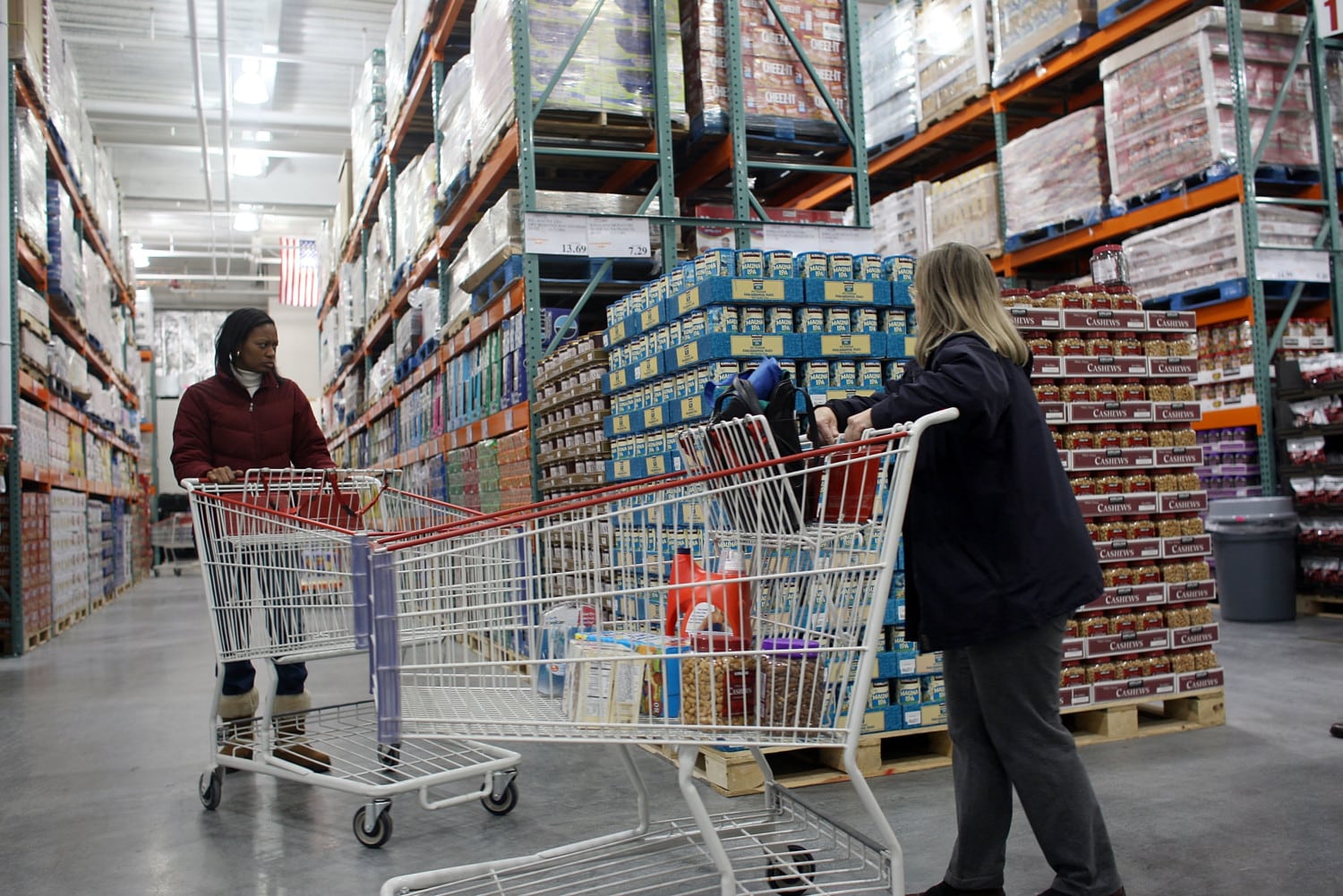
Bulk groceries may seem like a good idea for cutting costs, but it depends on what you’re buying. Purchasing necessities like toilet paper, toothpaste and diapers in bulk is sure to save you cash in the long run. But other items may actually cost you instead. Avoid buying perishable products, such as yogurt or vegetables, in bulk.
Food Waste
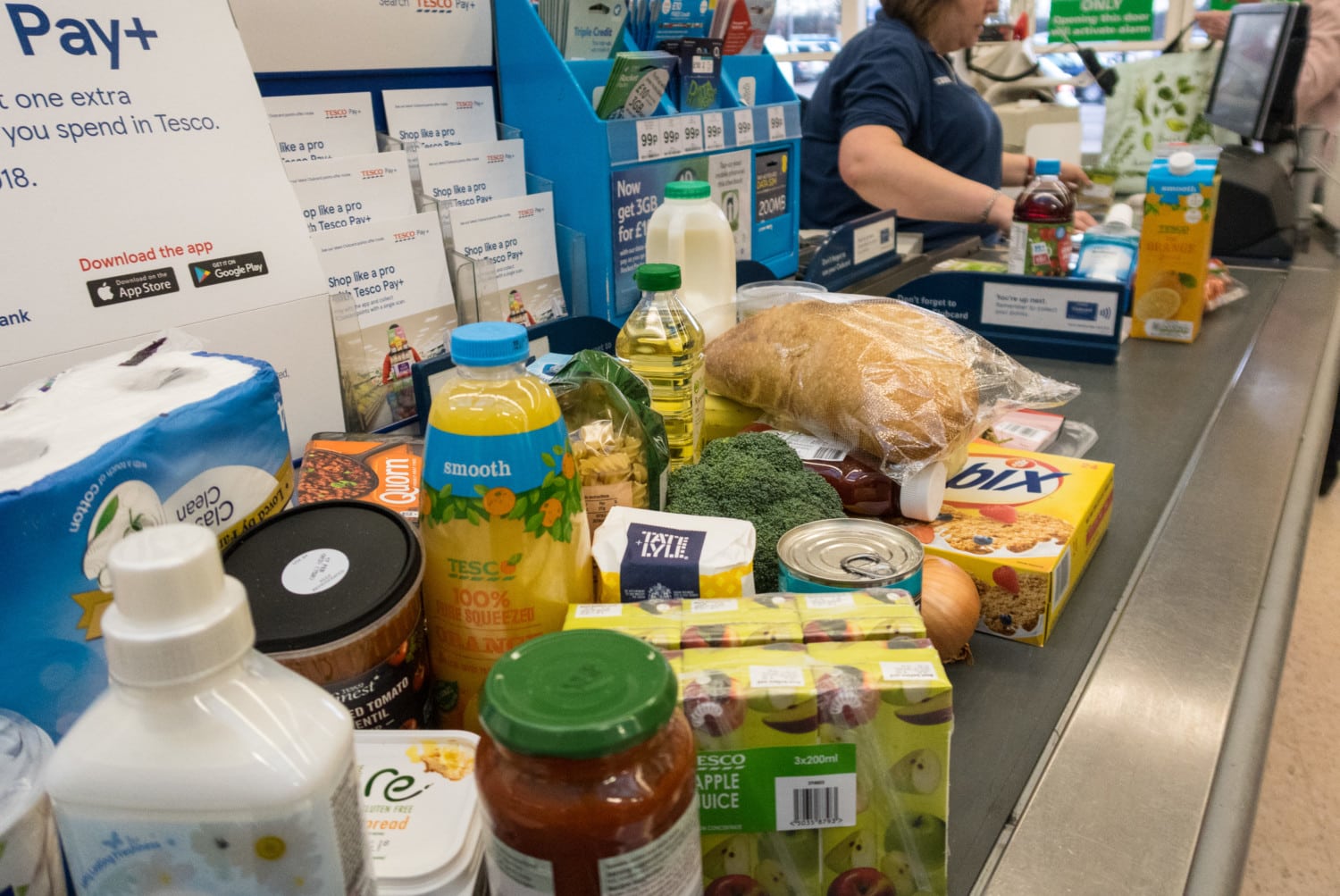
Buying more groceries than you need may mean you’re throwing away money (think: spoiled milk or moldy bread). Or maybe you’re dumping those leftovers from dinner two nights ago. Whether it’s expired food or yesterday’s lasagna, wasting groceries always comes at a cost. Instead, avoid buying more than you need by arming yourself with a specific shopping list. You could also set aside time on Sunday to prep your meals for the week, paying attention to portion size. Another trick: Cut up fruits and vegetables so that they’re ready to grab as snacks and don’t end up going to waste.
Retail Therapy

Research shows that shopping could help boost you mood. But if you rely on retail therapy for a pick-me-up, it could put a big dent in your wallet.
Most of the time, we end up dropping cash on products we’ll rarely, if ever, touch after making the purchase. If you can’t resist that impulse buy, though, then make sure to keep the receipt — and not just for a day or two. Hold on to the receipt for the length of the store’s return policy, which could be as short as a week and as long as two months. This way, if you decide to return that fancy kitchen gadget you never used, you’ll have at least have the proof you need to get your money back in full.
Full-Priced Clothes

If you want to revamp your wardrobe, think twice before paying full price. You can find loads of quality, name-brand clothing at a fraction of the price at discount fashion stores, such as TJ Maxx and Marshalls. You may be able to snag some timeless pieces at consignment shops and thrift stores. And don’t forget the time-honored tradition of hunting for sales: Always check the clearance racks at your favorite retailer before looking at full-price items.
Fast Fashion

Just because you don’t have to buy full-price doesn’t mean you should skimp on quality. Fast-fashion brands may carry the hottest in-season styles at a low cost, but often their clothing and shoes break down faster than more expensive pieces, which adds up dollar-wise. Instead, save up your money and buy quality items that will withstand wear and tear much longer and throughout seasons.
Drying Clothes
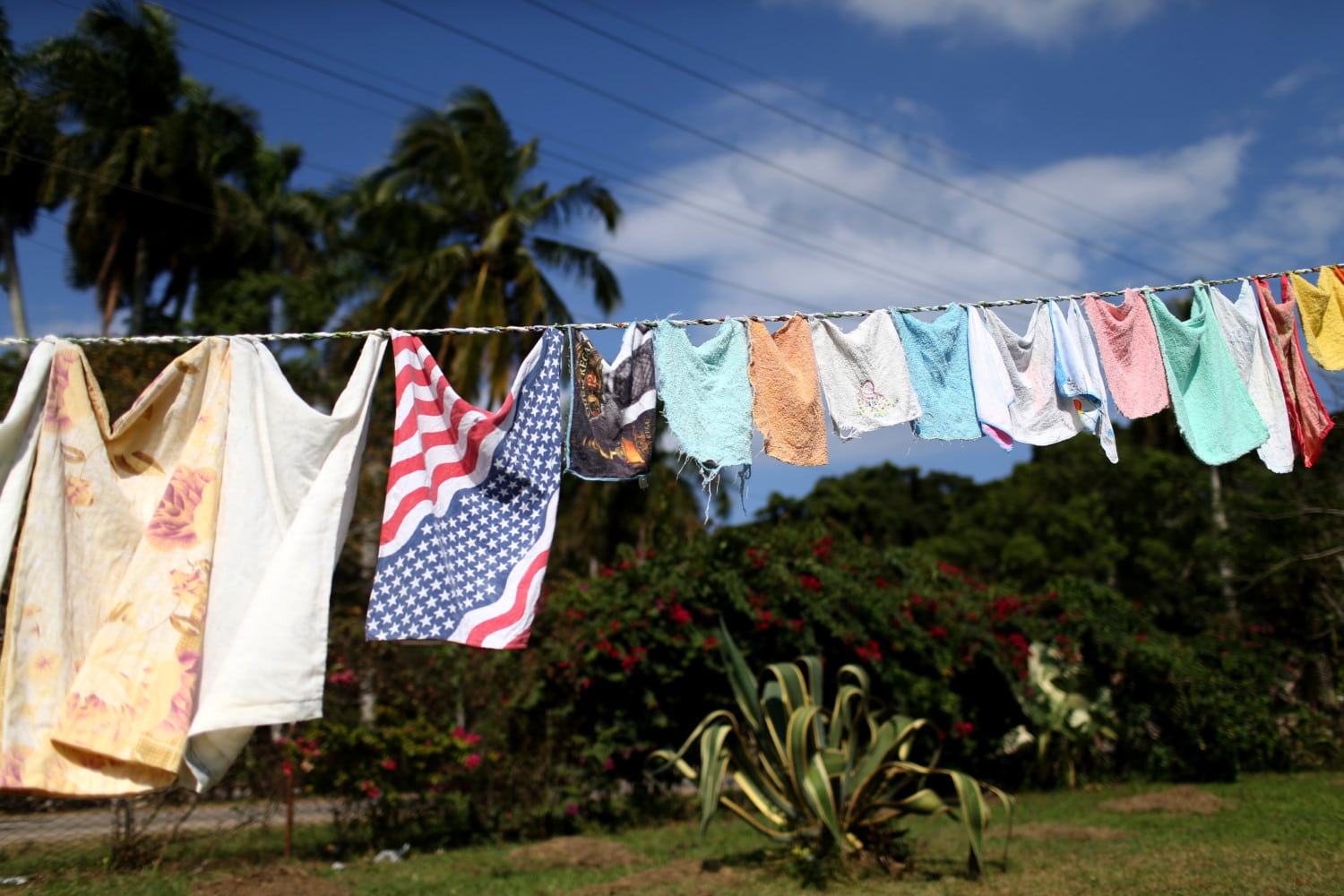
The products and services mentioned below were selected independent of sales and advertising. However, TheDelite may receive a small commission from the purchase of any products or services through an affiliate link to the retailer's website.
Everyone loves the smell and feel of crisp, clean clothing right out of the dryer. But the energy it takes to run your dryer can cost you hundreds of dollars a year. Consider air-drying your clothes instead. You can buy a top-rated drying rack on Amazon for $21 or install a clothesline in your backyard. Taking the time to hang your clothes up to dry can save you a good chunk of cash in the long run.
Brand-Name Groceries
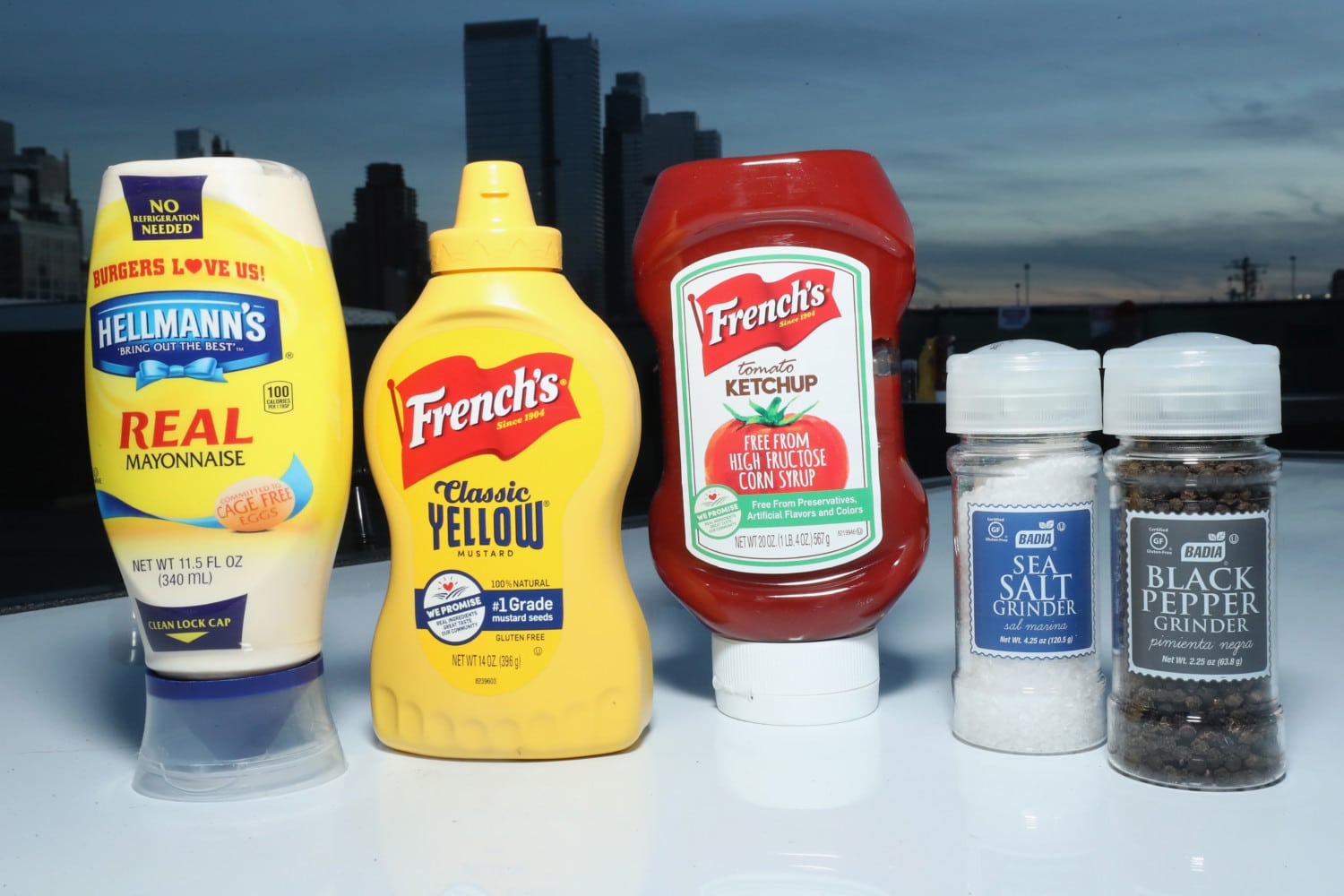
Just because something is name-brand doesn’t mean it’s always better in quality. In fact, many companies that package brand-name products manufacture the goods for store labels, too. The price and packaging may be different, but the quality is often comparable. Plus, switching to your supermarket’s private brand could save you more than 30 percent on average, according to a 2013 Private Label Manufacturers Association report.
Fancy Gadgets

You may want the fanciest gadget, but do you really need it? Yes, 3D cookie cutters are pretty cool, but if you’re not an avid baker, they would be lost on you. Sleep on your decision before buying the latest gizmo. In fact, take a look around your home and sell those gadgets that you’ve never used.
Disposable Razors

Disposable razors may cost less upfront than safety razors, but that costs adds up. In the end, you’re just throwing away cash — and a lot, at that. More than two decades ago, the U.S. Environmental Protection Agency estimated that Americans trashed about 2 billion disposable razors. Now imagine how that number has increased with the country’s explosive population growth. You can save cash — and the environment — by switching to a safety razor. Boxes of razor blades are affordable and have a long shelf life. You could also consider joining one of the many shaving clubs out there that offer quality grooming tools at a low monthly subscription cost.
Cell Phone Data

You need a data plan in order to use your smartphone, but you’re probably spending too much for that plan. Review your phone bill to see how much data you actually use versus the amount you pay for. You may be using more than the allotted amount, which means you’re paying extra fees. Or you’re using too little and shelling out extra for data you don’t need. Once you have a better idea of your data usage, change your plan accordingly. Or, if possible, switch to a carrier that offers better options at a competitive price.
In-App Purchases

Who doesn’t love a good game of Candy Crush or Words with Friends? Playing those games for hours on end can burn a hole in your pocket, though. It’s not just the wasted energy: You might not realize how much you spend on in-app game purchases when you’re so focused on beating your high score. Avoid temptation by disconnecting your credit card.
ATM Fees
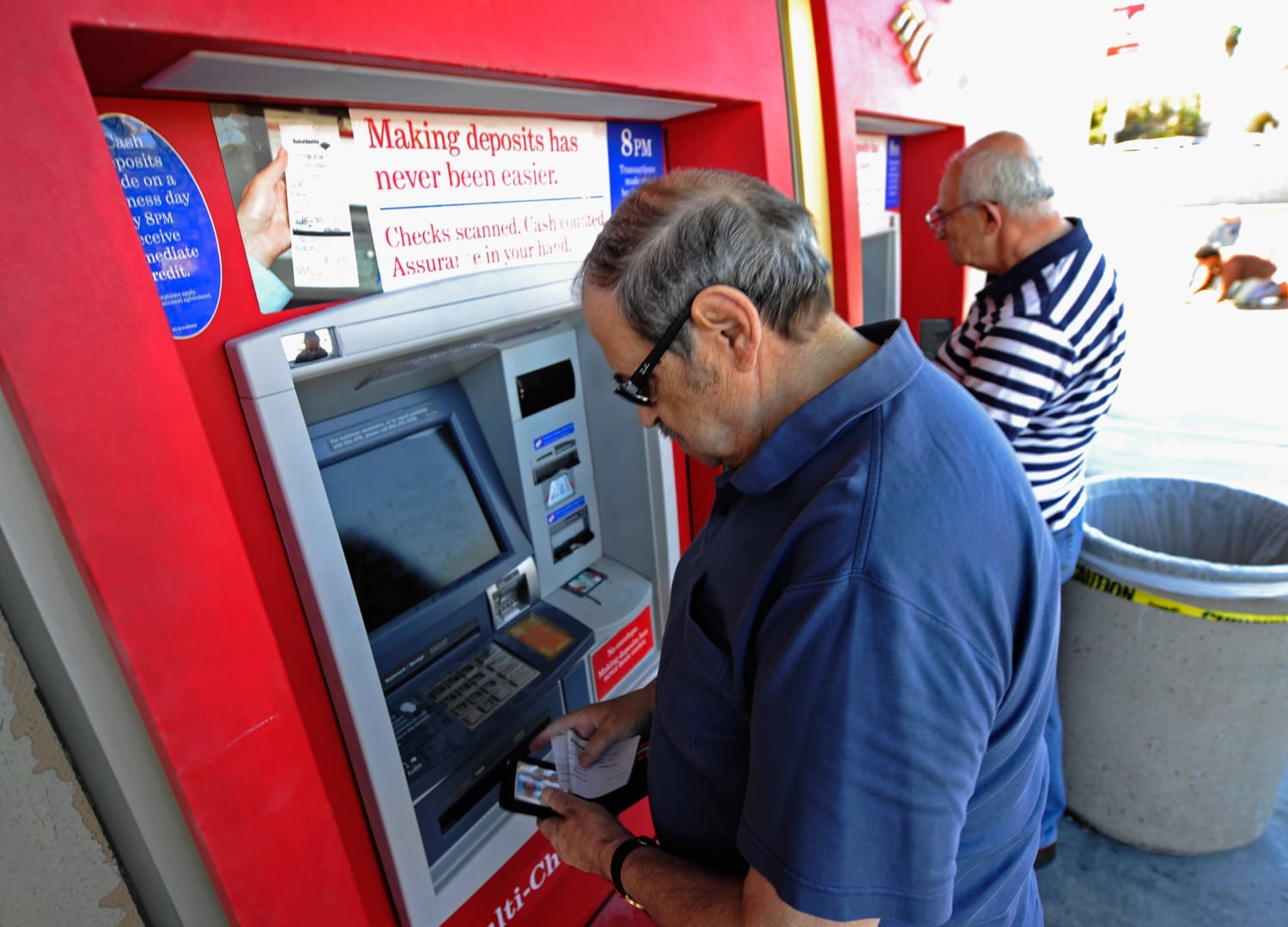
Most people nowadays pay for everything with their bank cards. But if you need cash, use only your bank’s ATMs or . Other banks may charge you a fee for using their ATM, in addition to the fee your bank may charge you for withdrawing cash in the first place.
Overdraft Fees
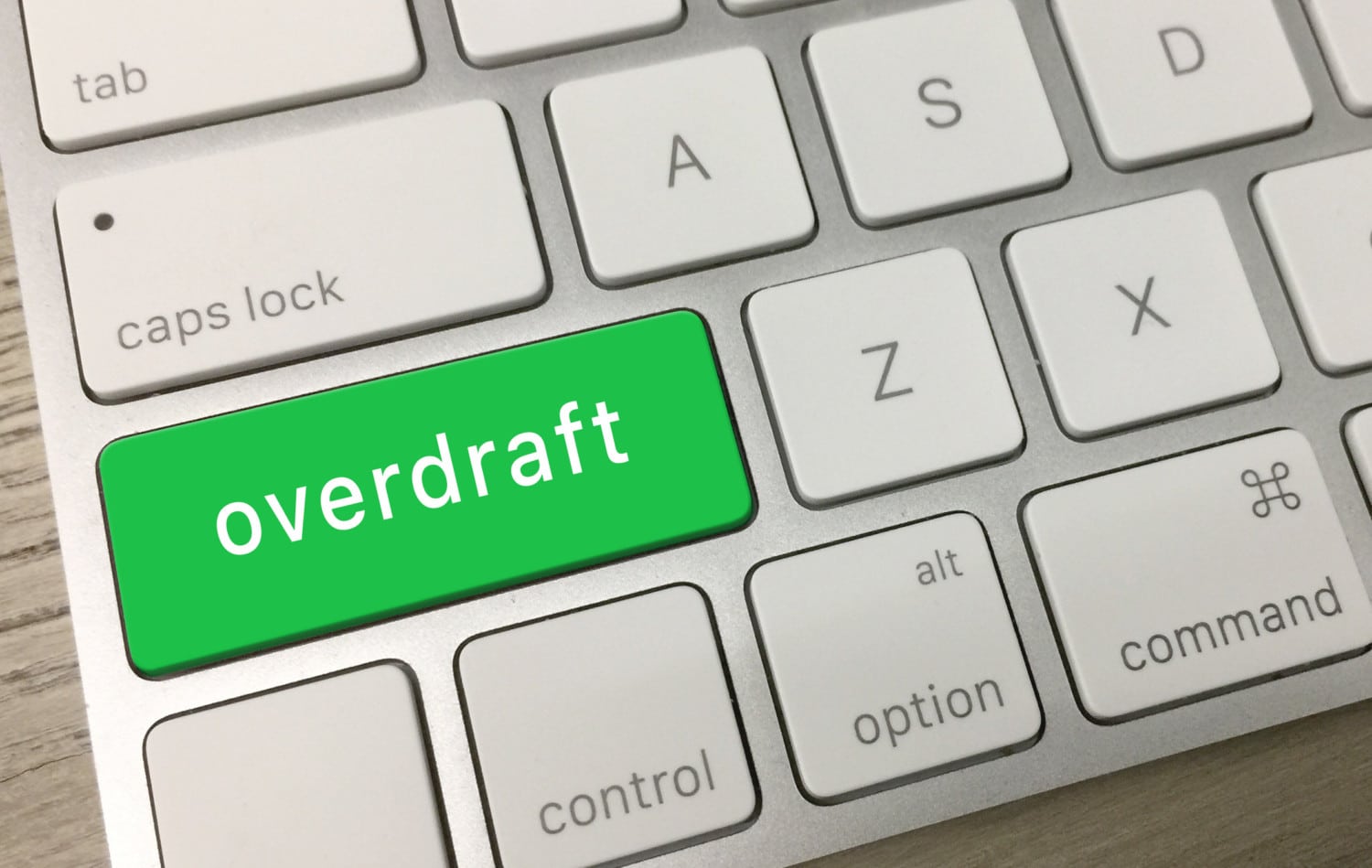
Went on a shopping spree and were hit with an overdraft fee? Maybe you budgeted incorrectly or forgot about a bill payment you scheduled. Either way, your bank will put you on the hook for around $35 per overdraft. Avoid those unnecessary fees by adding a cash buffer or setting up low balance alerts.
Late Payment Fees
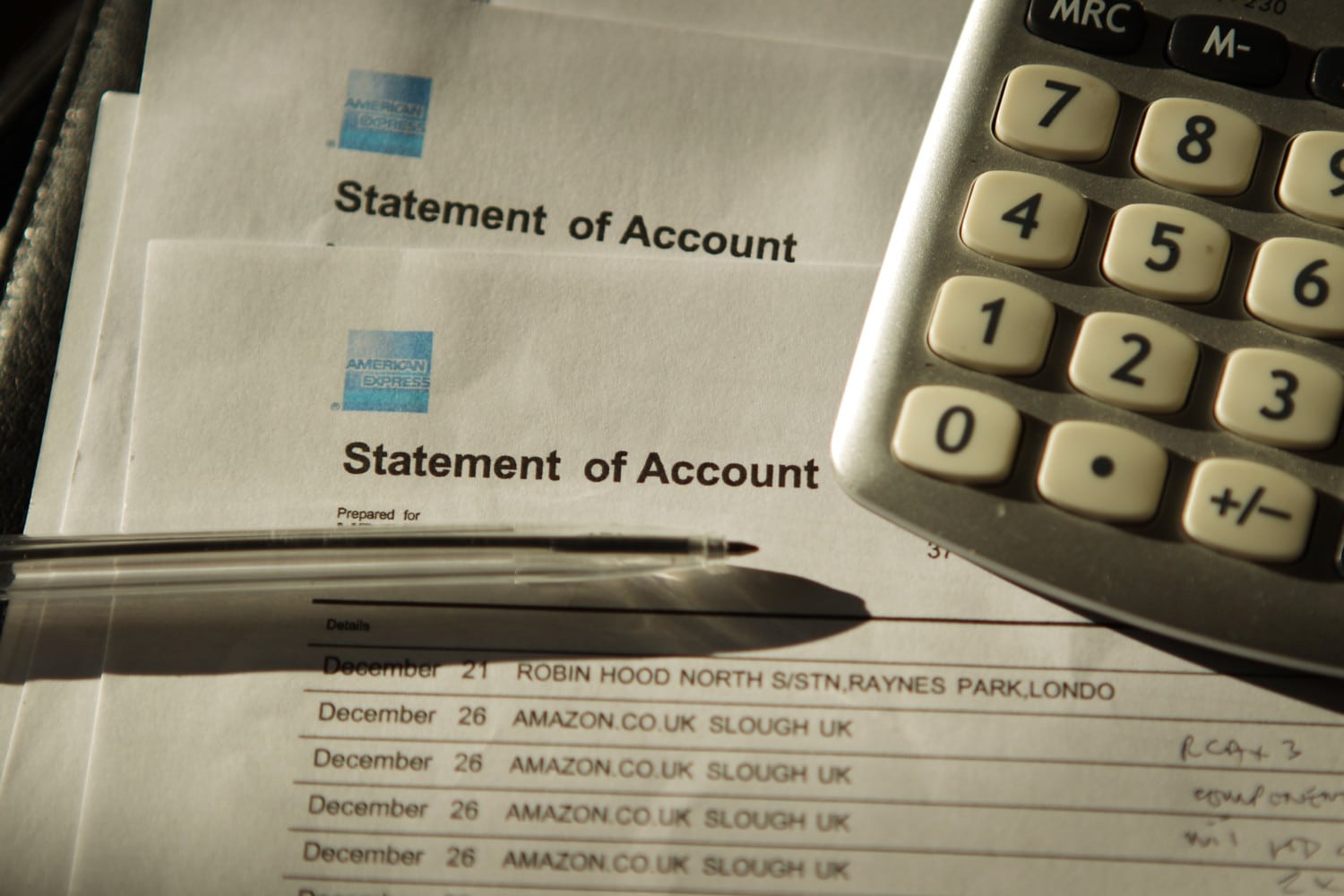
It happens to all of us. Maybe you forgot the payment date or you hit a financial snag. Either way, you’ll be charged a late fee when you miss a payment, whether it’s on a credit card or utilities. That means $25, if not more, will be added to the debt you already owe, never mind the added interest. Consider signing up for automatic payments in order to avoid late payments. If you’re not keen on autopay, then set up reminders on your calendar so that you don’t miss a due date.
Don’t forget: Late payments can hurt your credit score, so staying up-to-date is important to your financial health.
Credit Card Interest
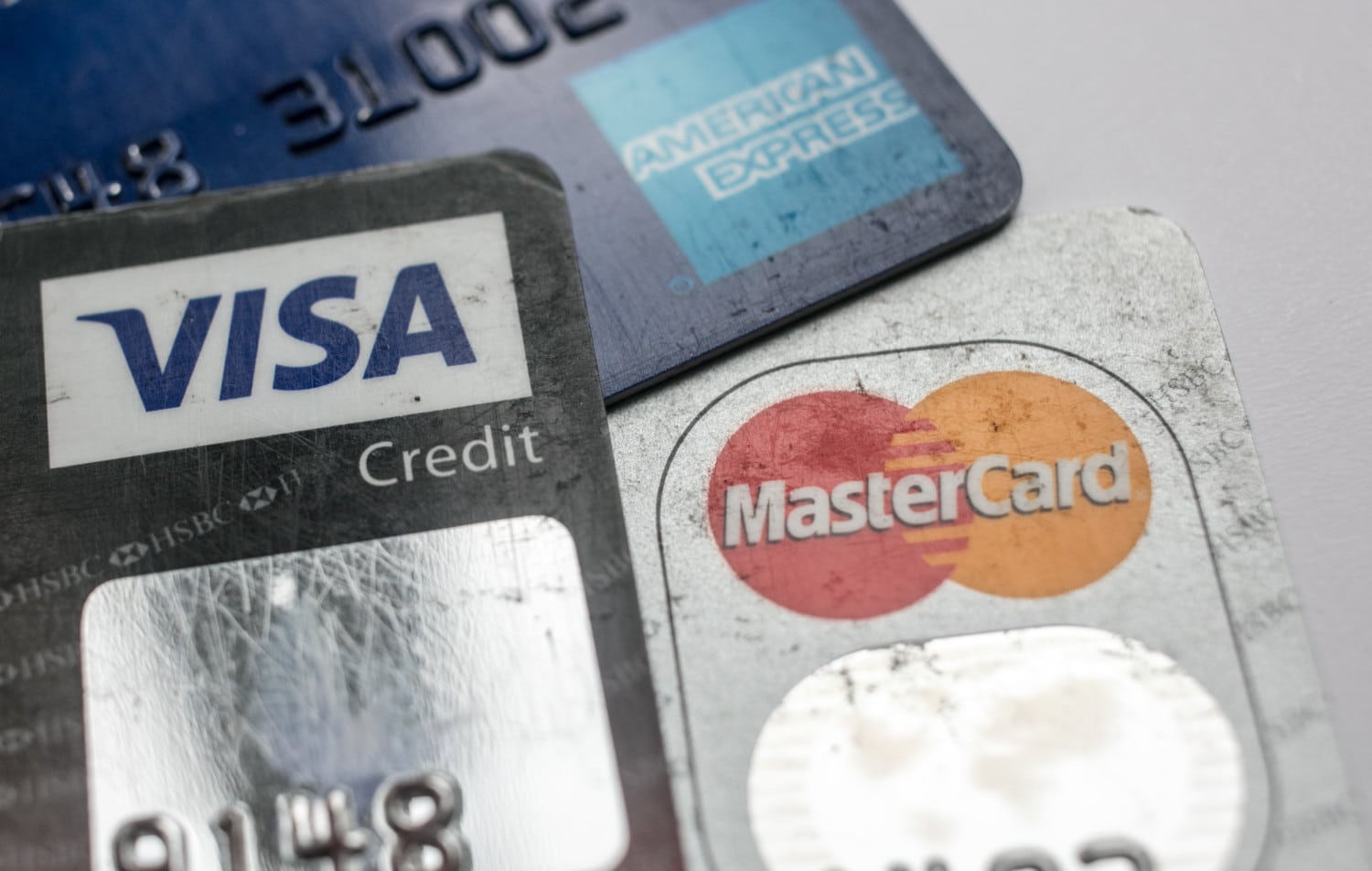
Credit card interest is the bane of everyone’s existence. But you don’t have to go down that rabbit hole. Cut down on the interest you accrue by paying monthly balances in full or negotiating a lower rate. You can also apply for a balance transfer card with a low annual percentage rate in order to reduce the amount of credit card debt you’re paying off. But beware: some cards may apply the rate to purchases made during the introductory period if you don’t pay the balance in full before that period ends.
Magazines At The Check-Out

If the last few years have taught us anything, it’s that we need to invest in quality journalism. And how can we do that? By reading more newspapers and magazines.
Instead of picking up a copy during your next trip to the supermarket, think about going digital. Many publications offer weekly, monthly and yearly rates at a fraction of the cost of buying an issue off of the rack. Plus, you can save some trees in the process by signing up for a digital subscription.
Delivery Fees
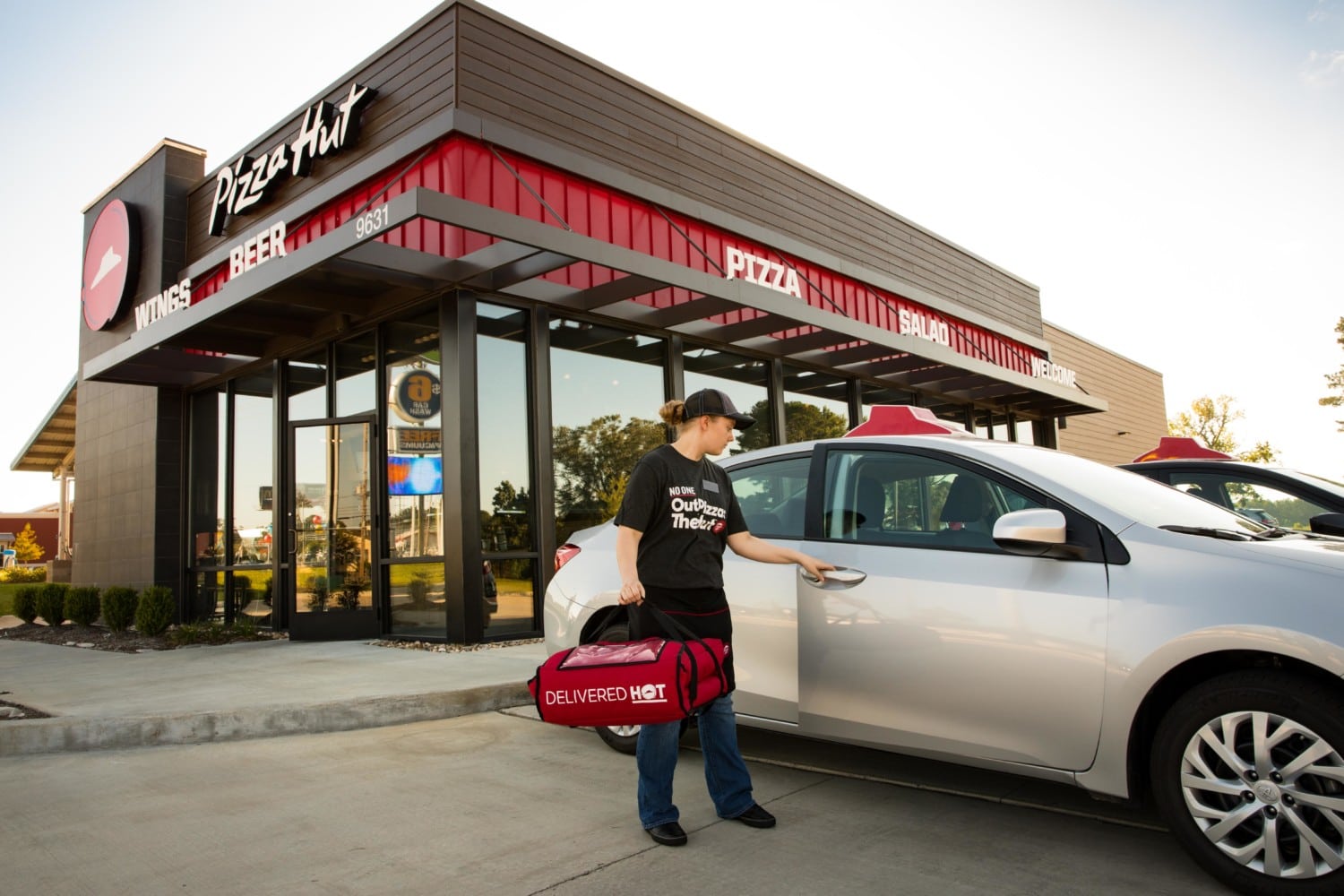
There’s nothing like whipping up a home-cooked meal for dinner. But sometimes, you just want to order in. See if the restaurant of your choice offers free delivery or is running any specials before placing your order. Consider picking up your meal rather than springing for the delivery fee.
Shipping Costs
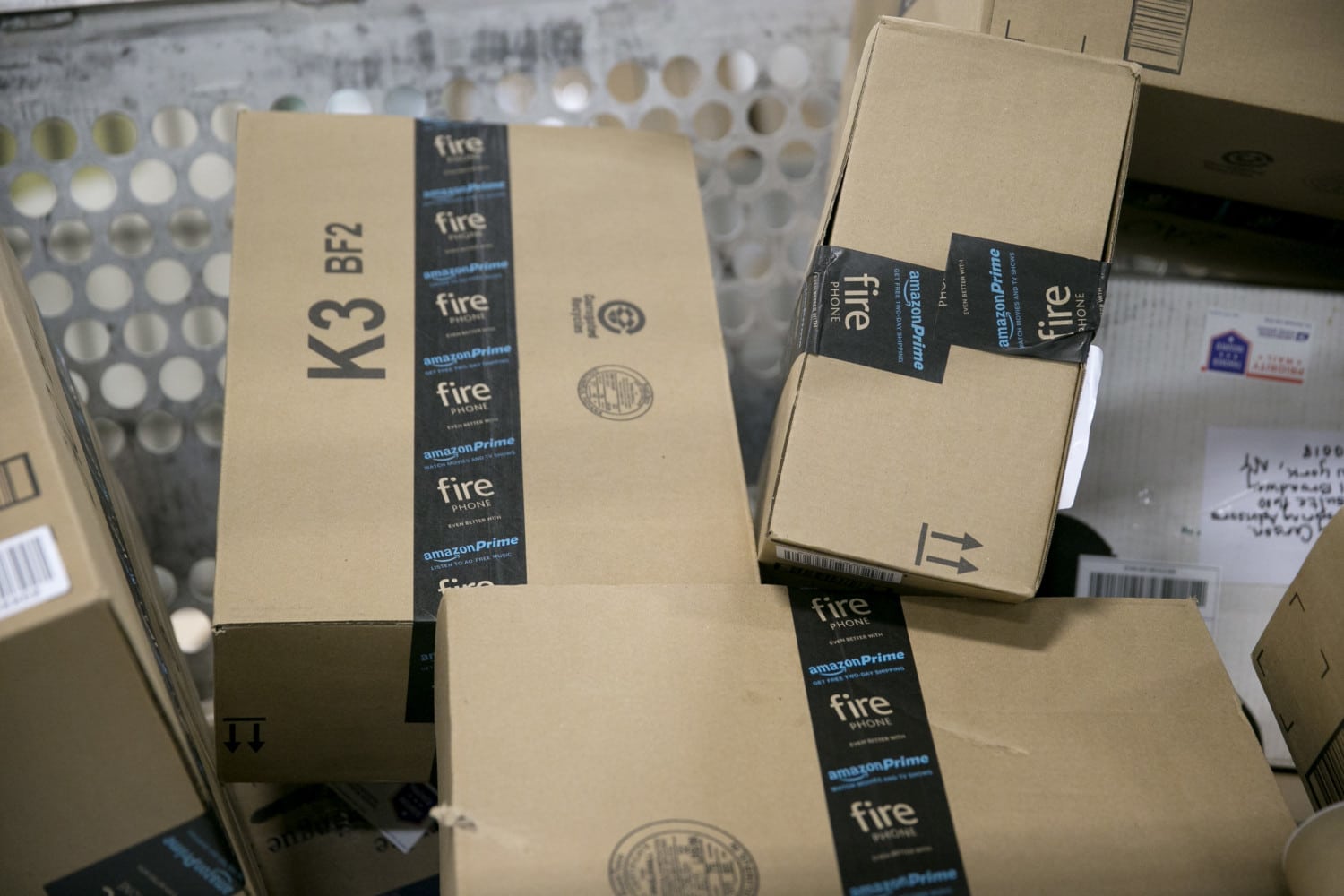
Speaking of delivery fees: There’s no question that online shopping can make life so much easier, especially if you keep a packed schedule. But shipping costs add up. Many companies offer free shipping options, but that often comes with a catch. You may have to spend a certain amount to take advantage of that benefit, which means spending money on things you may not need. Instead, keep that money in your pocket by picking up the item in-store for free.
Underused Subscriptions

Get rid of any subscriptions you’re not taking advantage of. Nothing racks up unnecessary expenses like paying for publications, streaming services or a meal-kit delivery that you’re simply not using. Save yourself that monthly expenditure and cancel now or when your subscription is up for renewal. Even the small ones add up: a $5-a-month subscription is $60 back in your pocket annually.
Unused Gym Memberships

Same goes for that unused gym membership. If you rarely frequent the gym, then you’re just wasting cash. So get out of your contract, even if that means paying a small cancellation fee. That cancellation fee will cost you less than continuing to pay for an unused membership, which can run between $20 and $100 a month, if not more, depending on the type of gym.
Still want to break a sweat? Then check out the dozens of free fitness channels on YouTube.
Electricity

You may be surprised by how much you waste in electricity costs. Keeping your lights on or your electronics plugged in can drain a lot of energy, which means more dollar signs added to your bill. But you can cut down on those expenses easily.
Unplug your cell phone or tablet if it’s fully charged. Use LED bulbs and install dimmer switches — both reduce how much electricity you use by a significant amount. And if you have your air conditioner on full blast on a sunny day, make sure to close your curtains and blinds so it’s not working overtime.
Cable Subscriptions

Cable subscriptions are loaded with issues. Either you’re paying a high monthly bill and have hundreds of channels you don’t need, or you’re paying a high monthly bill and don’t have half of the channels you want. With all of the streaming services available, there’s no reason why you can’t ditch your cable company. Figure out which live TV and on-demand platforms give you the most bang for your buck and make the switch. And even if you sign-up for multiple streaming services, you’ll still likely pay less than you would with cable.
Renting Cable And Internet Equipment
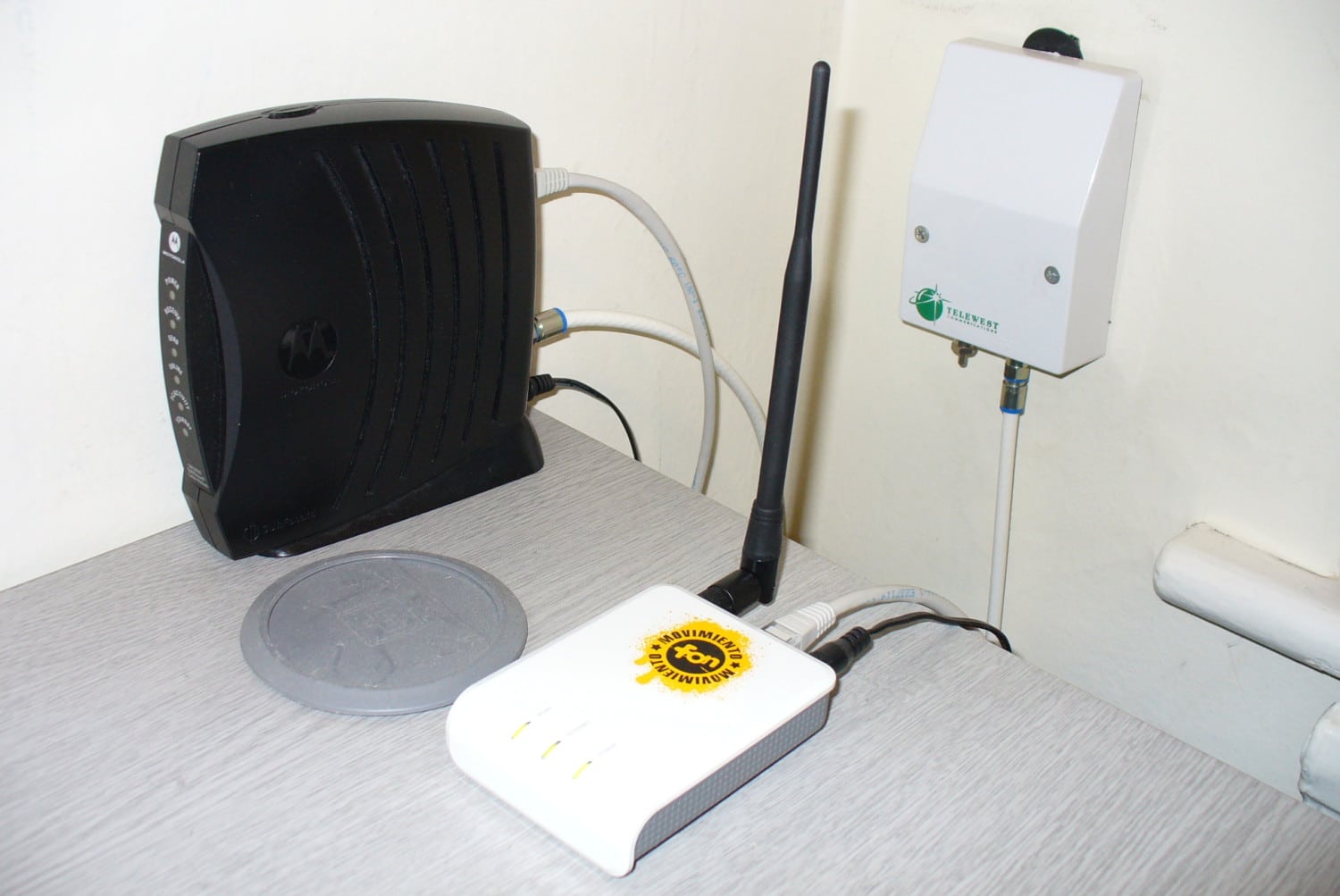
If you want to keep your cable subscription, stop renting out the equipment. A router can cost you $5 to $10 a month to rent, while a modem can run you an extra $10. Save yourself that money on your monthly bill by purchasing your own router and modem to use for cable and internet services.
Airline Fees
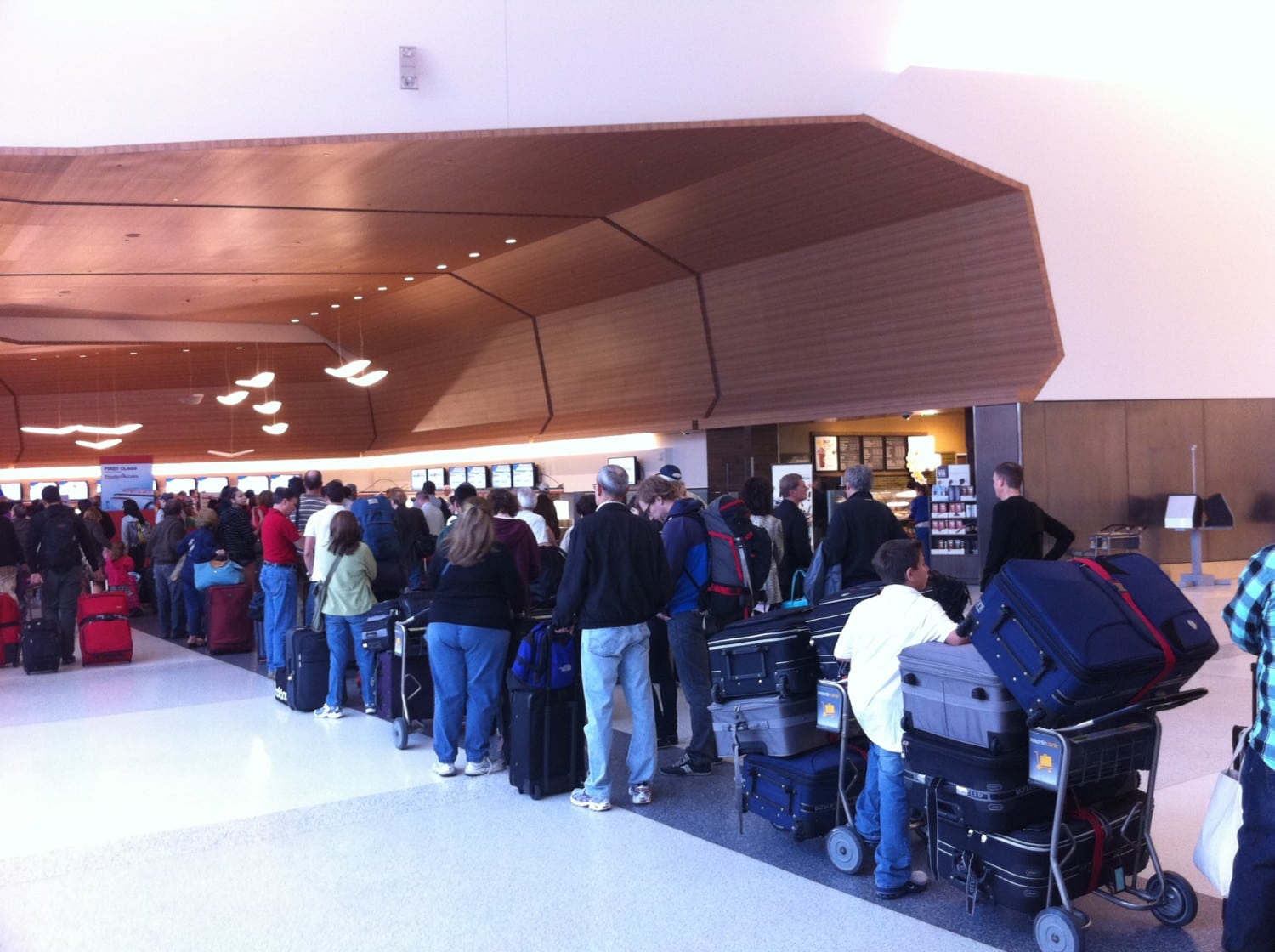
Plane tickets are expensive as-is, so why spend more on baggage fees or unnecessary expenses? Consider packing a blanket, neck pillow and headphones so you won’t have to spend cash on those items in-flight. Pack less so you can avoid a checked bag fee.
Shopping around for the lowest fare is always a safe bet, but if you absolutely need to check a bag, consider spending a little extra on the plane ticket that includes one free carry-on and one free checked bag. And if you’re a frequent flyer, signing up for a rewards card that earns you points or miles that can help you save big on your next flight.
Car Insurance

If you drive and own a car, you’ll need car insurance. And, of course, you’ll want to go with the cheapest rate. But don’t just look at the monthly cost of car insurance. Consider other factors, too, such as penalties for not-at-fault accidents. You may pay a cheaper price up front, but depending on your insurer, your rates can increase significantly after an accident, even if you didn’t cause it. So make sure to compare auto insurance offers before choosing the most inexpensive option.
Also, think about the cost differential between paying monthly versus paying six months in advance. Some car insurance companies will offer a discounted rate if you pay for the length of your policy.
Student Loans

Collectively, people are shouldering billions of dollars in student loan debt. Student loans are a major financial burden for most borrowers and may seem impossible to repay. But there are ways to cut down on that debt.
Consolidating your federal student loans, for example, can reduce your monthly payment and change your payment period. You may also consider different repayment options that could lower the amount of interest you pay over the lifetime of the loan.
Sponsored Content





